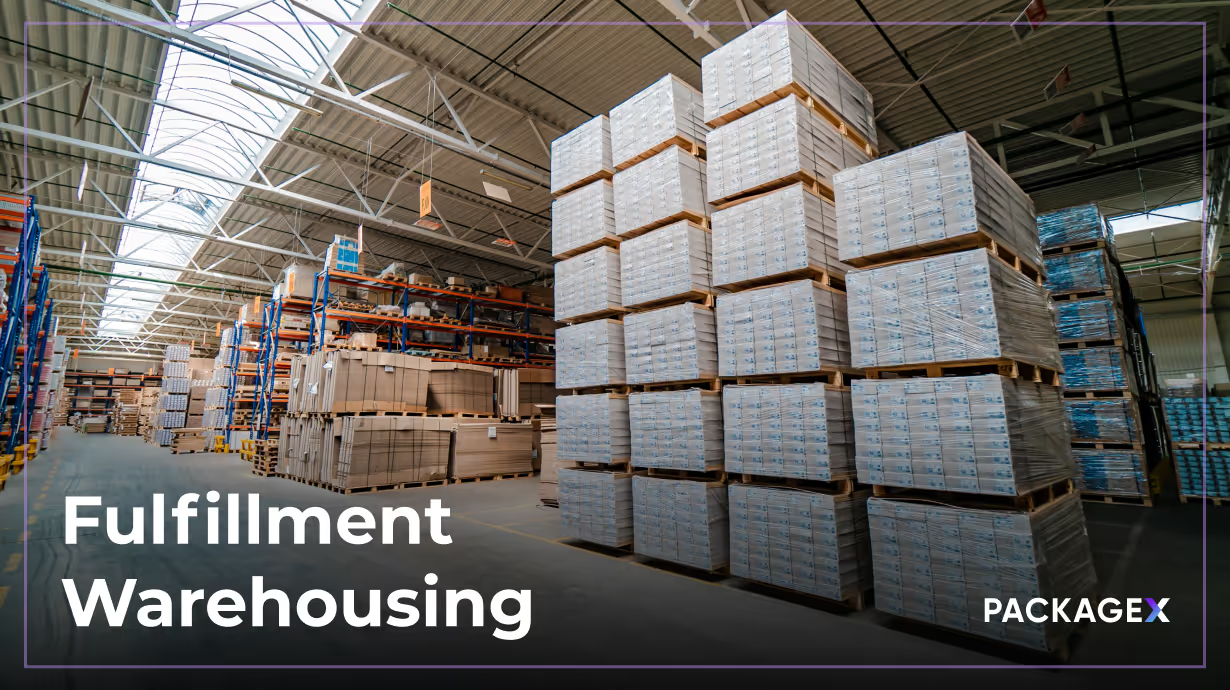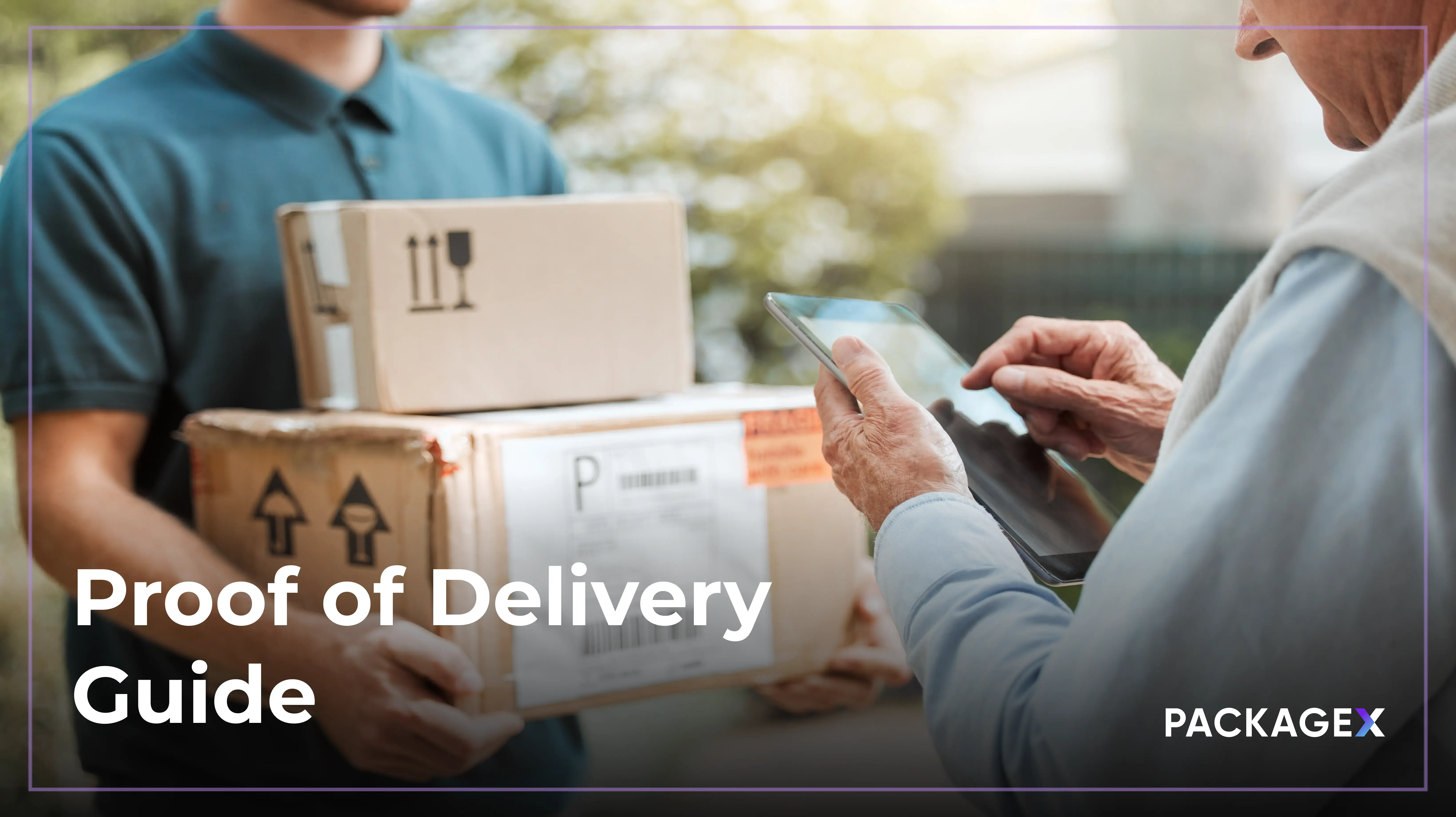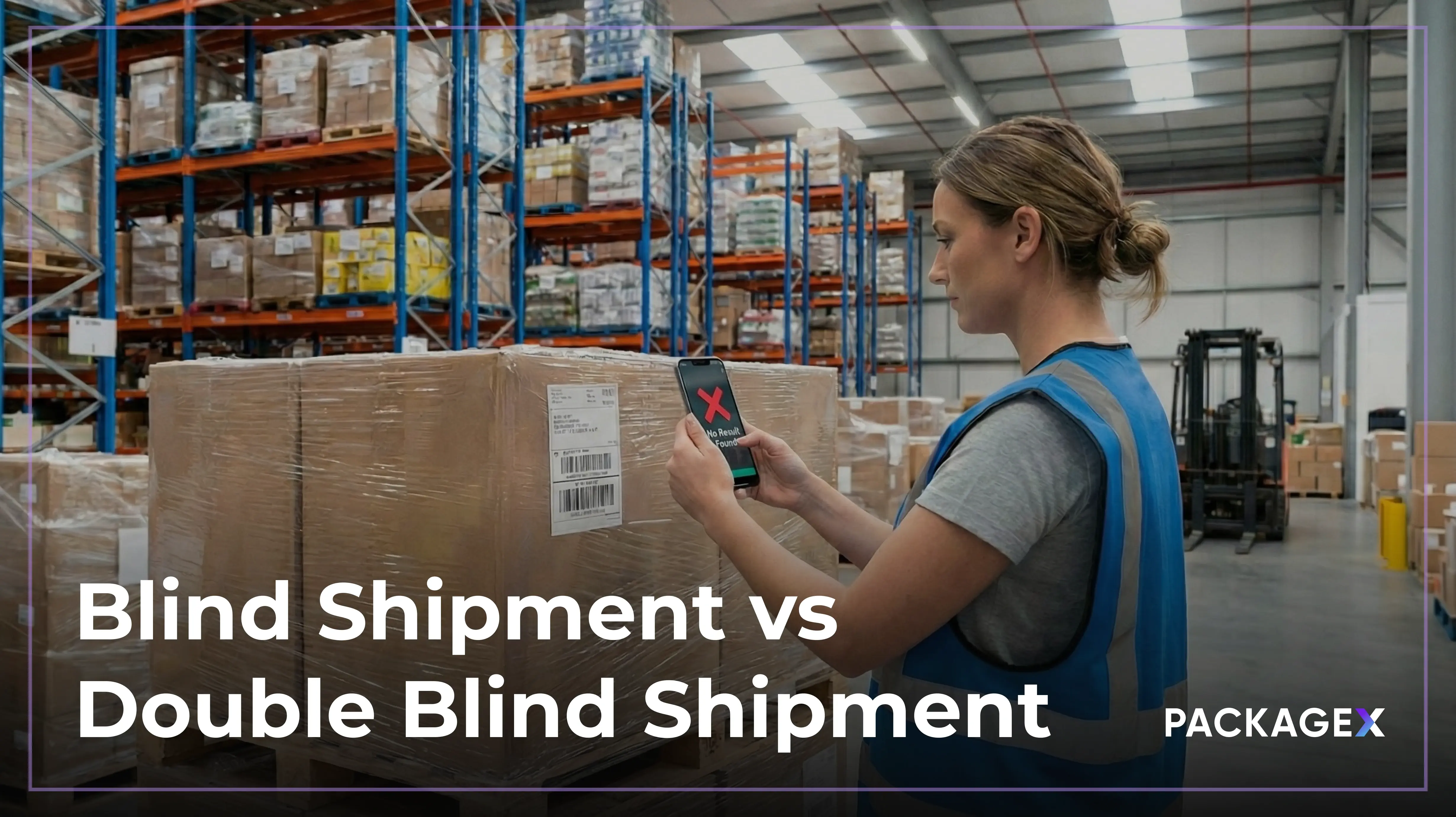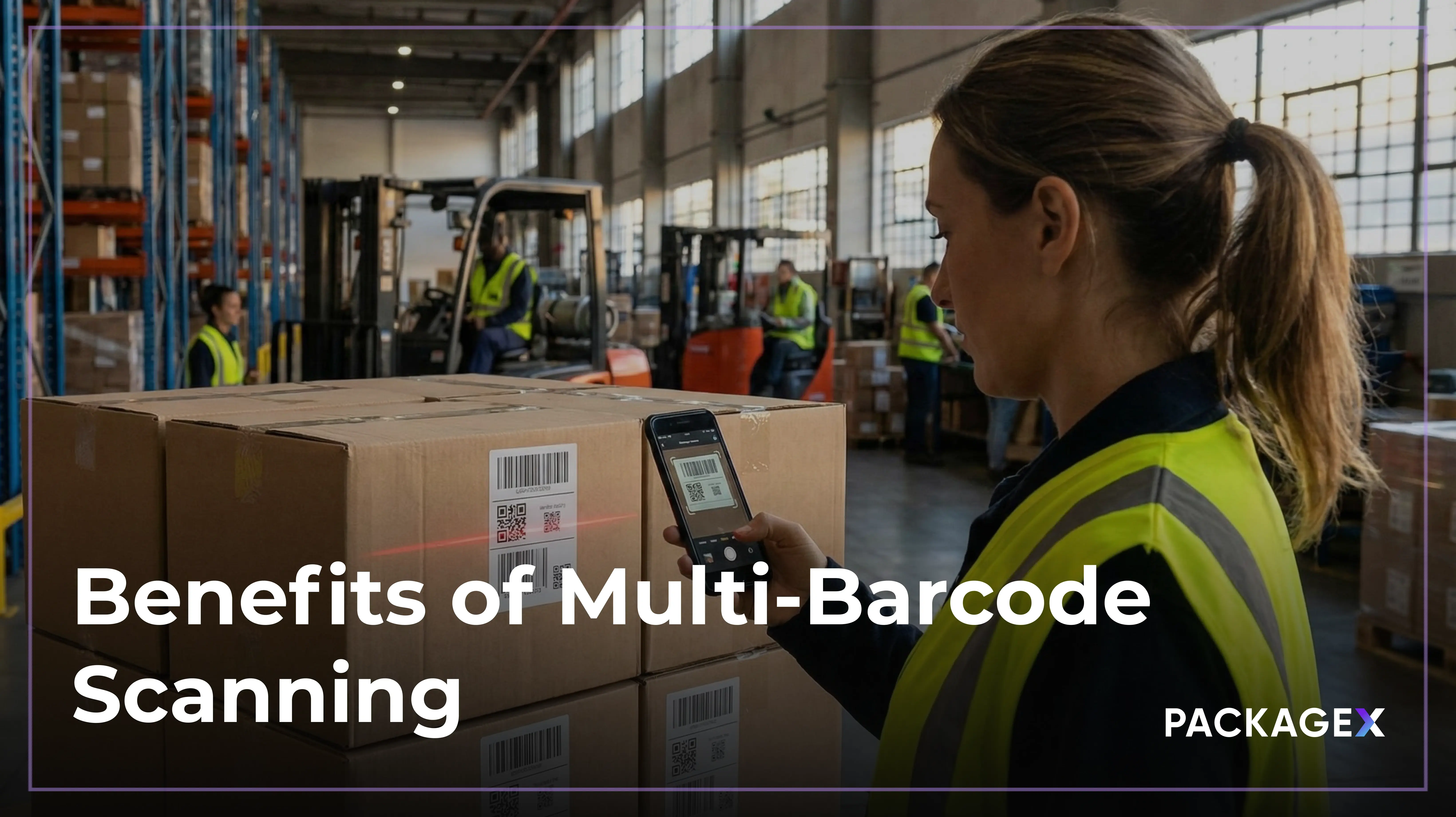According to a recent Statista report, global e-commerce sales have grown to $6.3 trillion from last year through 2025, with expectations to hit $7.9 trillion by 2027.
This rapid growth will place increasing pressure on businesses to streamline their invoice processing, highlighting the critical need for automated solutions.
The core functions of fulfillment warehousing include product storage alongside order processing with inventory control and delivery operations.
Every e-commerce business needs these services to stand out. Good storage and fast shipping help them grow and keep their customers happy.
As e-commerce continues to evolve, effective fulfillment warehousing plays an even more critical role in fulfilling customers' need for credible and fast delivery.
What Is Fulfillment Warehousing?
Fulfillment warehousing handles the complete order journey - from receiving goods to final delivery. These specialized centers don't just store products like regular warehouses.
They actively manage inventory, pack individual orders, and ship directly to customers. Modern businesses use them to streamline online sales, ensuring faster shipping and better stock control than traditional storage solutions.
Key Components of Fulfillment Warehousing
The following are the key components of fulfillment warehousing.
- Inventory Management: fulfillment centres equipped with advanced warehouse management systems (WMS) provide real-time stock level monitoring, quicker restocking procedures, and accurate inventory counts.
- Order Processing: The process of receiving orders, choosing the right things from stock, properly picking and packing them, and sending them out for delivery is known as order processing.
- Handling and shipment: fulfillment centres have contracts with several carriers that enable cost-effective shipment to customers, providing a range of shipping choices to suit customers.
- Returns Management: It's imperative to manage returns efficiently, which entails checking, restocking, or disposing of returned items in addition to making any required inventory adjustments.
Distinguishing Fulfillment Warehousing from Traditional Warehousing
While both fulfillment centers and traditional warehouses store goods, the primary distinction lies in their functions:
- Traditional Warehouses: Focus on bulk storage and long-term inventory holding, catering to businesses that require large quantities of goods to be stored for extended periods.
- Fulfillment Centers: Specialize in processing individual customer orders swiftly and efficiently, incorporating advanced technologies and streamlined workflows to meet the demands of modern e-commerce.
In summary, fulfillment warehousing plays a pivotal role in modern supply chains, enabling businesses to meet the high expectations of today's consumers for fast and reliable delivery services.
Core Services in Fulfillment Warehousing
A. Inventory Management
Inventory management serves as a fundamental aspect in fulfillment warehouse operations. Real-time tracking systems allow businesses to decrease their holding costs while precisely managing stock levels and instantly adapting operations to demand fluctuations.
Real-time product availability establishment through this system prevents stockouts while building better customer satisfaction.
Companies that implement real-time inventory management save on operational costs for inventory handling and delivery while reducing returns expenses.
B. Order Processing
Order processing includes picking and packing, which are essential to completing orders accurately and on time. The warehouse's efficiency can be significantly increased by streamlining these procedures.
For instance, up to 50% of the picking process may involve transit time within a warehouse, which has a direct impact on labour costs.
System-assisted picking processes can save unnecessary movement. Thus increasing efficiency and lowering costly errors.
C. Shipping & Storage
In order to ensure efficient and timely deliveries, handling and shipping involve coordinating with carriers and streamlining route delivery. By analysing traffic patterns and road conditions, innovative route optimisation techniques can improve last-mile delivery by enabling more rapid and reliable deliveries, reducing delivery times and costs. In addition to improving customer satisfaction, it also results in decreased operating costs.
D. Returns Management
In order to maintain client loyalty and trust, effective returns management is essential. Reverse logistics operations must be optimised because e-commerce returns range from 15% to 20%.
Customer satisfaction is a priority for organisations that place a high value on customer satisfaction in returns operations, with 85% of leaders using customer experience as a key performance indicator. The client experience can be significantly enhanced by putting in place efficient processing processes and clear return rules.
fulfillment warehouses can significantly improve operational efficiency and client fulfillment by focusing on these fundamental services.
Advantages of Fulfillment Warehousing for E-commerce
Effective fulfillment warehousing serves as a critical operational element which supports e-commerce companies to achieve sustainable growth along with reduced operational strains while maintaining customer loyalty.
Scalability to Keep Up with Demand
E-commerce companies experience varying order volumes, particularly during times of seasonal peaks. A scalable fulfillment system helps companies expand or reduce their operations to meet changing market demands, so orders from customers receive immediate processing.
The ability to adapt operations serves both purposes of maintaining satisfied customers while effectively controlling operational costs.
Cost-Effective Operations
Fulfillment services outsourcing can result in huge cost savings. Through collaboration with third-party logistics (3PL) providers, e-commerce companies can circumvent the costs of sustaining their own warehousing and shipping infrastructure.
This method not only minimizes overhead expenses but also enables companies to leverage the expertise and economies of scale that these vendors provide.
Enhanced Customer Satisfaction Through Faster Delivery
Meeting customer demands for speedy delivery is critical in the competitive e-commerce environment. Fulfillment centers strategically positioned near key markets can greatly minimize shipping times, resulting in quicker delivery and higher customer satisfaction.
In fact, 61% of online shoppers expect two-day shipping, highlighting the importance of efficient fulfillment operations.
The integration of scalable fulfillment solutions, cost-effective operations, and efficient delivery systems places e-commerce companies in a position to effectively address customer needs and continue to grow in a competitive environment.
Technology-Driven Fulfillment Warehousing
The integration of advanced technologies is reshaping fulfillment warehousing, enabling businesses to enhance efficiency and meet growing e-commerce demands.
A. Automation & AI
The implementation of automation systems and artificial intelligence within warehousing produces major enhancements in operational productivity and accuracy levels.
According to industry reports, warehouse fulfillment volumes rise by 40% and productivity increases by 35% when AI systems enhance warehouse operations through optimized sequence planning.
Additionally, AI-driven warehouse automation strengthens inventory management functions alongside demand forecasting, which produces better operational performance.
B. Software Integration
The combination of e-commerce platforms and fulfillment software creates automated operational solutions that process orders alongside managing inventory and shipping functions. This integration enables better order accuracy, which results in increased satisfaction for customers.
When software systems integrate smoothly, they enable more efficient data management networks, which leads to improved business decision-making capabilities.
C. Predictive Analytics
Predictive analytics provides predictions through historical data analysis and machine learning algorithms for inventory enhancement. Using accurate future inventory estimation enables businesses to prevent stockout failures and overstock problems while guaranteeing product accessibility when needed, but without storing unnecessary inventory quantities.
Through data-driven analysis, organizations can make better decisions which results in more efficient warehouse operations.
By implementing these AI automations, businesses can enhance fulfillment warehousing operations and achieve better results among customers at reduced operational expenses.
Selecting a Fulfillment Partner
Now, the big question is, how to choose a fulfillment partner?
Selecting the right fulfillment partner is a crucial choice that can have a big impact on the expansion and efficiency of your e-commerce site. With over 21,000 third-party logistics (3PL) firms in the US, choosing one involves carefully considering many important variables.
Strategic Location and Scalability
The physical location of a fulfillment partner significantly determines how shipment and delivery schedules will unfold. When warehouses are strategically located, the delivery time shortens, particularly for foreign destinations, because shipping costs decrease, and customs processing becomes easier.
Scalability is also essential for adapting to changes in demand. The majority of 3PL partners offer agreements for adaptive services that enable companies to quickly adjust to shifting market conditions with little initial outlay of funds.
Technological Capabilities
The success of fulfillment operations depends entirely on modern technological integration. Supply chain companies implementing smooth e-commerce connections with real-time analytical tools along with inventory features, obtain enhanced order precision and satisfied customers.
Alignment with Business Objectives
Fulfillment partners must understand the business viewpoint and growth strategy of their clients. Strategic alignment establishes brand reinforcement and consumer loyalty, leading to a reliable customer experience consistency.
Cost Efficiency
The use of fulfillment outsourcing leads to significant cost reductions. A 3PL provider enables business cost savings by providing their infrastructure combined with technical capabilities and team members.
Analyzing Fulfillment Companies
Considering the service offering, experience, and customer feedback of potential fulfillment partners. Databases that provide independent evaluations and comparisons between fulfillment and warehousing companies are valuable. Such tools could be used to find suppliers with an emphasis on meeting the requirements of your specific industry.
It is crucial to consider the distinct opportunities offered by companies when selecting a fulfillment partner.
Companies seeking a fulfillment partner must evaluate the specific advantages that PackageX provides in their selection process. The technological focus and client-based integration at PackageX make it an outstanding fulfillment supplier.
A fulfillment partnership selection process enables companies to find a solution that fulfills operational needs and supports long-term strategies through a thorough assessment.
How PackageX Transforms Fulfillment Warehousing
We are well aware of how important it has become to handle orders reliably, ship fast, and monitor stocks in real time. To meet these needs, fulfillment warehousing is necessary, and PackageX is helping e-commerce businesses remain ahead of the curve by enhancing the speed, intelligence, and connectedness of logistics.
We eliminate human interference and inefficiencies from entering operations with AI-driven scanning, which instantly improves inventory accuracy and order fulfillment speed. With our integrated platform, you can easily connect your existing systems and preserve data flow across all channels.
Real-time visibility allows product planning and restocking alongside efficient delivery since it enables you to obtain immediate information about order transparency and inventory conditions.
Fulfillment does not have to be the challenge. It can be a strategic advantage if you have the right tools and an adaptable partner.
Are you looking to improve your fulfillment and storage systems? If yes, let's talk about how PackageX can help!




